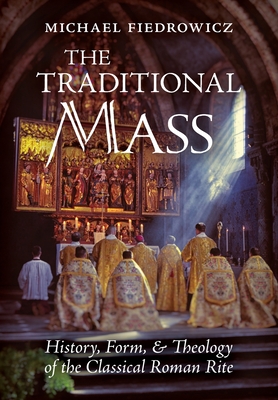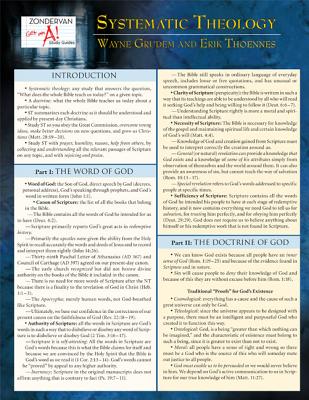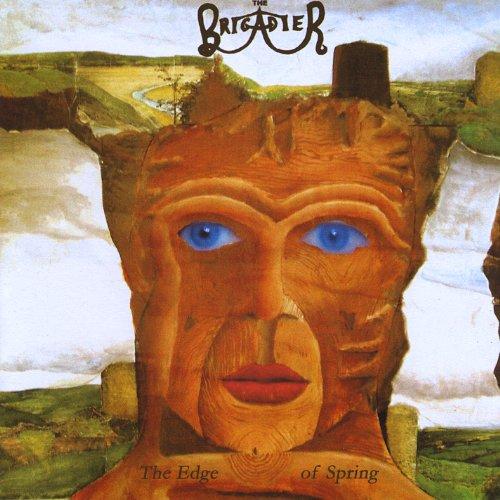
description
on, III, examines the theology of the Old and New Testaments as a totality. Going beyond an account of carefully crafted Old and New Testament theologies, he demonstrates the ideas that make the Bible a sacred book with a unified theology. Witherington brings a distinctive methodology to this study. Taking a constructive approach, he first examines the foundations of the writers' symbolic universe - what they thought and presupposed about God - and how they revealed those thoughts through the narratives of the Old and New Testaments. He also shows how the historical contexts and intellectual worlds of the Old and New Testaments conditioned their narratives, and, in the process, created a large coherent Biblical world view, one that progressively reveals the character and action of God. Thus, the Yahweh of the Old Testament, the Son in the Gospels, and the Father, Son, and Spirit in the New Testament writings are viewed as persons who are part of the singular divine identity. Witherington's progressive revelation approach allows each part of the canon to be read in its original context and with its original meaning.
member goods
No member items were found under this heading.
Return Policy
All sales are final
Shipping
No special shipping considerations available.
Shipping fees determined at checkout.







